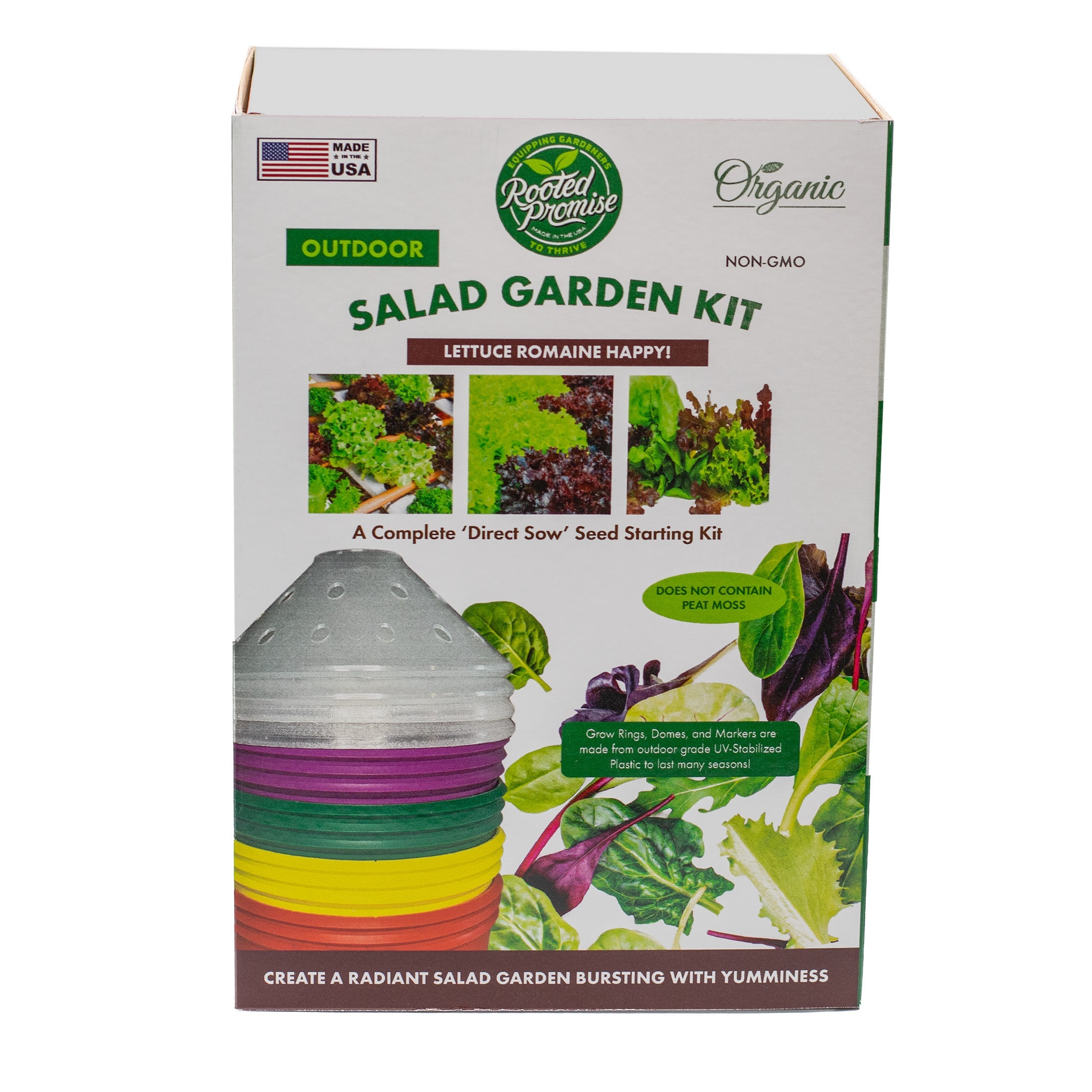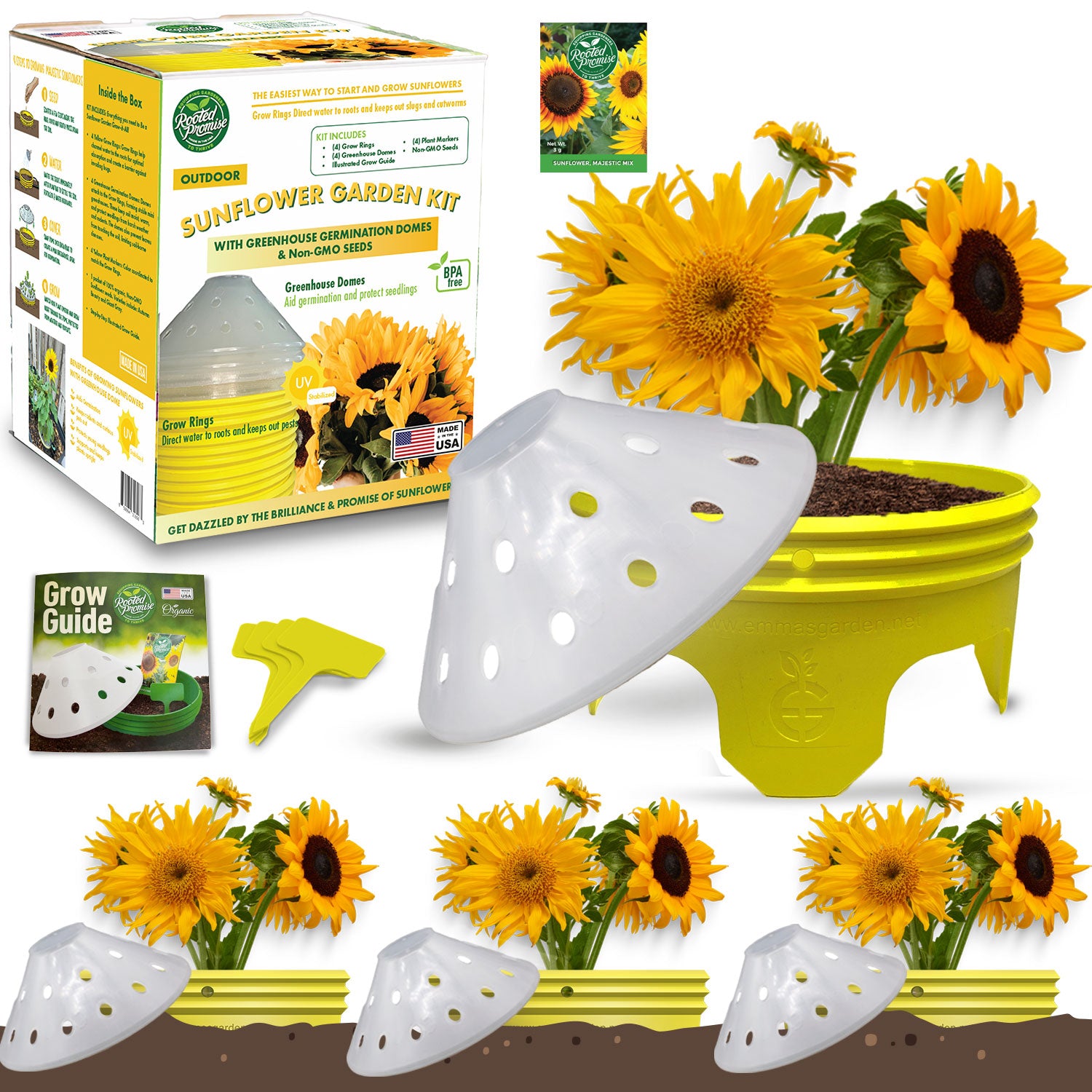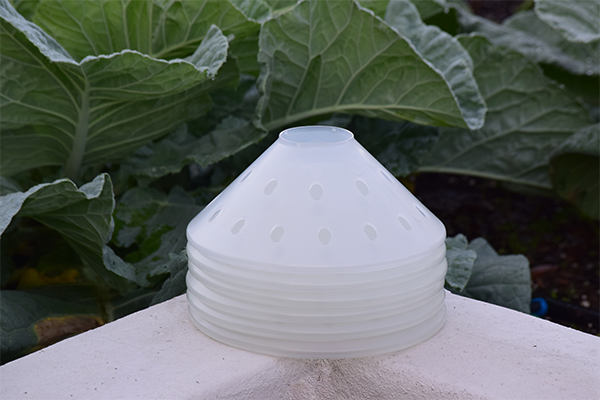Is Catnip easy to grow?
Table of Content
-
Introduction
- What is Catnip?
- Understanding Catnip
- Historical Uses of Catnip
-
The Benefits of Growing Catnip
-
For Your Garden
-
For Your Pets
-
For Medicinal Uses
-
-
How to Grow Catnip?
-
Planting Catnip
-
Choosing the Right Location
-
Soil and Water Requirements
-
-
Maintaining and Harvesting Catnip
-
Regular Care
-
Controlling Pests and Diseases
-
When and How to Harvest
-
-
Common Issues When Growing Catnip
-
Common Pests
-
Common Diseases
-
Solutions and Preventive Measures
-
-
Uses for Home-Grown Catnip
-
Making Cat Toys
-
Catnip Tea and Other Human Uses
-
-
Key Takeaways
-
Conclusion
Introduction
Imagine a plant that not only beautifies your garden but also brings joy to your feline friends and offers medicinal benefits. Enter catnip, a remarkable herb known for its multifaceted uses. But is catnip easy to grow? This guide will walk you through everything you need to know about cultivating this delightful plant.
Catnip, scientifically known as Nepeta cataria, is a perennial herb belonging to the Lamiaceae family. Whether you're an experienced gardener or a novice, catnip can be a rewarding addition to your garden.
Throughout this article, we'll explore the benefits of growing catnip, the steps for planting and maintaining it, and even how to use your home-grown catnip. Let's get started!
What is Catnip?
Understanding Catnip
To cultivate catnip successfully, it's crucial to understand what it is and where it comes from. Originating from Europe and Asia, catnip has made its way into gardens worldwide. Known for its potent aroma that drives cats wild, the plant contains a compound called nepetalactone, which is responsible for its effect on felines.
Historical Uses of Catnip
Catnip's history is as rich as its fragrance. In ancient times, it was used not just as a delightful treat for cats but also for its medicinal properties. According to the Encyclopedia Britannica, early settlers in North America even used it as a tea to treat various ailments.
The Benefits of Growing Catnip
For Your Garden
Beyond its allure to cats, catnip offers several benefits for your garden. It serves as an excellent companion plant, attracting beneficial insects like pollinators and deterring pests. Its aromatic leaves can also add a pleasant scent to your outdoor space.
For Your Pets
Cats adore catnip, and growing it at home ensures a fresh and safe supply for them. The herb can provide hours of entertainment and enrichment for your feline companions, promoting exercise and mental stimulation.
For Medicinal Uses
Catnip isn't just for cats. Humans have used it for centuries for its therapeutic properties. According to the National Center for Complementary and Integrative Health, catnip has been used in traditional medicine to treat ailments such as insomnia, anxiety, and digestive issues.
How to Grow Catnip?
Planting Catnip
Planting catnip is simple and straightforward. Start with quality seeds or young plants from a reputable source. According to the USDA, catnip can be sown directly into the soil or started indoors before transplanting.
Choosing the Right Location
Catnip thrives in full sun but can tolerate partial shade. Choose a location that receives at least six hours of sunlight daily. Ensure the area has well-draining soil to prevent root rot.
Soil and Water Requirements
Catnip prefers slightly alkaline to neutral soil with a pH of 6.1 to 7.8. Regular watering is essential, but be careful not to overwater. Aim for moist but not soggy soil to keep your catnip healthy.
Maintaining and Harvesting Catnip
Regular Care
Maintaining catnip involves regular pruning to encourage bushier growth and prevent the plant from becoming leggy. Remove any dead or yellowing leaves to keep the plant vibrant and healthy.
Controlling Pests and Diseases
Catnip is relatively resistant to pests and diseases, but it's not immune. Keep an eye out for common garden pests like aphids and spider mites. The EPA offers guidelines on organic and safe pest control methods.
When and How to Harvest
Harvesting catnip is best done just before the plant flowers when the nepetalactone levels are highest. Use sharp scissors to cut the stems, and hang them upside down in a cool, dry place to dry.
Common Issues When Growing Catnip
Common Pests
While catnip is hardy, it can still fall prey to pests. Aphids, spider mites, and whiteflies are common culprits. Regularly inspecting your plants and using organic pesticides can help keep these pests at bay.
Common Diseases
Catnip can suffer from fungal diseases like powdery mildew and root rot. Ensure proper spacing between plants for good air circulation and avoid overwatering to prevent these issues.
Solutions and Preventive Measures
Prevention is better than cure. Use mulch to improve soil drainage, and practice crop rotation to reduce the risk of soil-borne diseases. For more detailed guidance, visit the USDA Agricultural Research Service.
Uses for Home-Grown Catnip
Making Cat Toys
Your home-grown catnip can be used to create delightful cat toys. Simply dry the leaves, crush them, and sew them into fabric pouches or stuffed animals. Your cats will thank you!
Catnip Tea and Other Human Uses
Catnip isn't just for cats. Humans can enjoy it too! Brew dried catnip leaves into a soothing tea to help with relaxation and sleep. For more recipes and uses, check out resources from the National Center for Complementary and Integrative Health.
Key Takeaways
Growing catnip is not only easy but also incredibly rewarding. With proper care and attention, you can enjoy the benefits of this versatile herb in your garden, for your pets, and even for your own health.
Conclusion
Catnip truly is a gardener's delight. Whether you're growing it for your cats, your garden, or for its medicinal uses, this hardy plant is a wonderful addition to any home. Start your catnip garden today and reap the benefits of this amazing herb!












